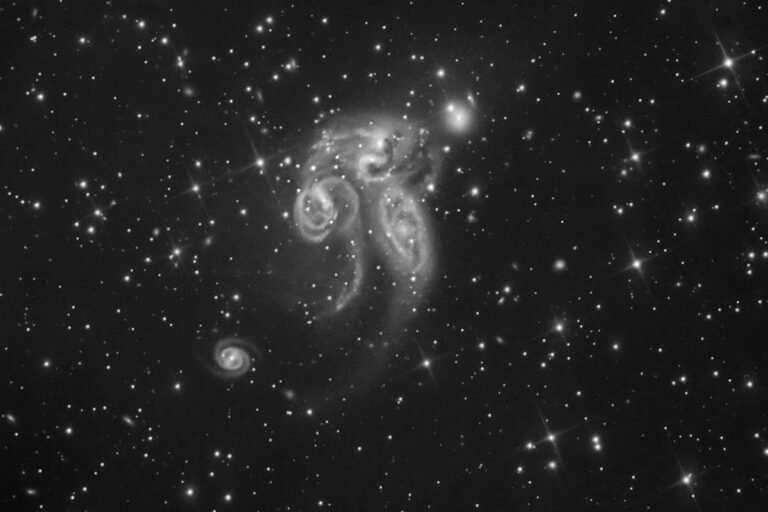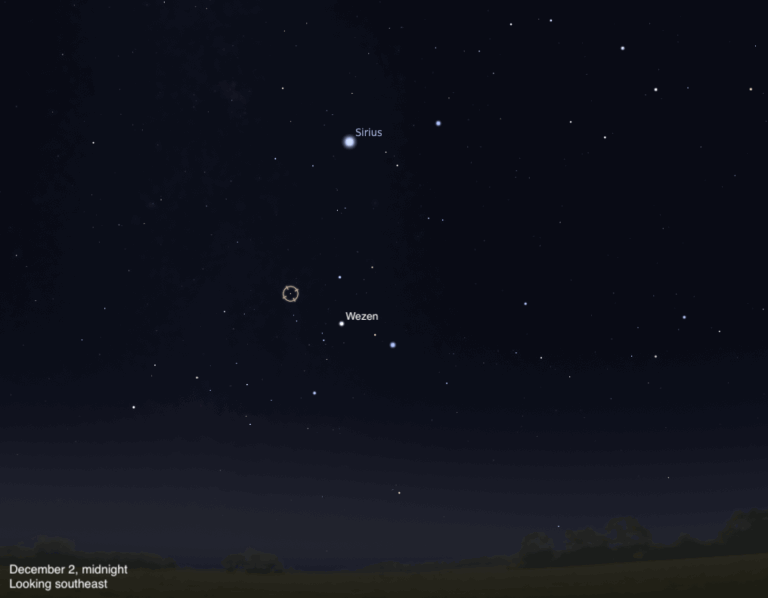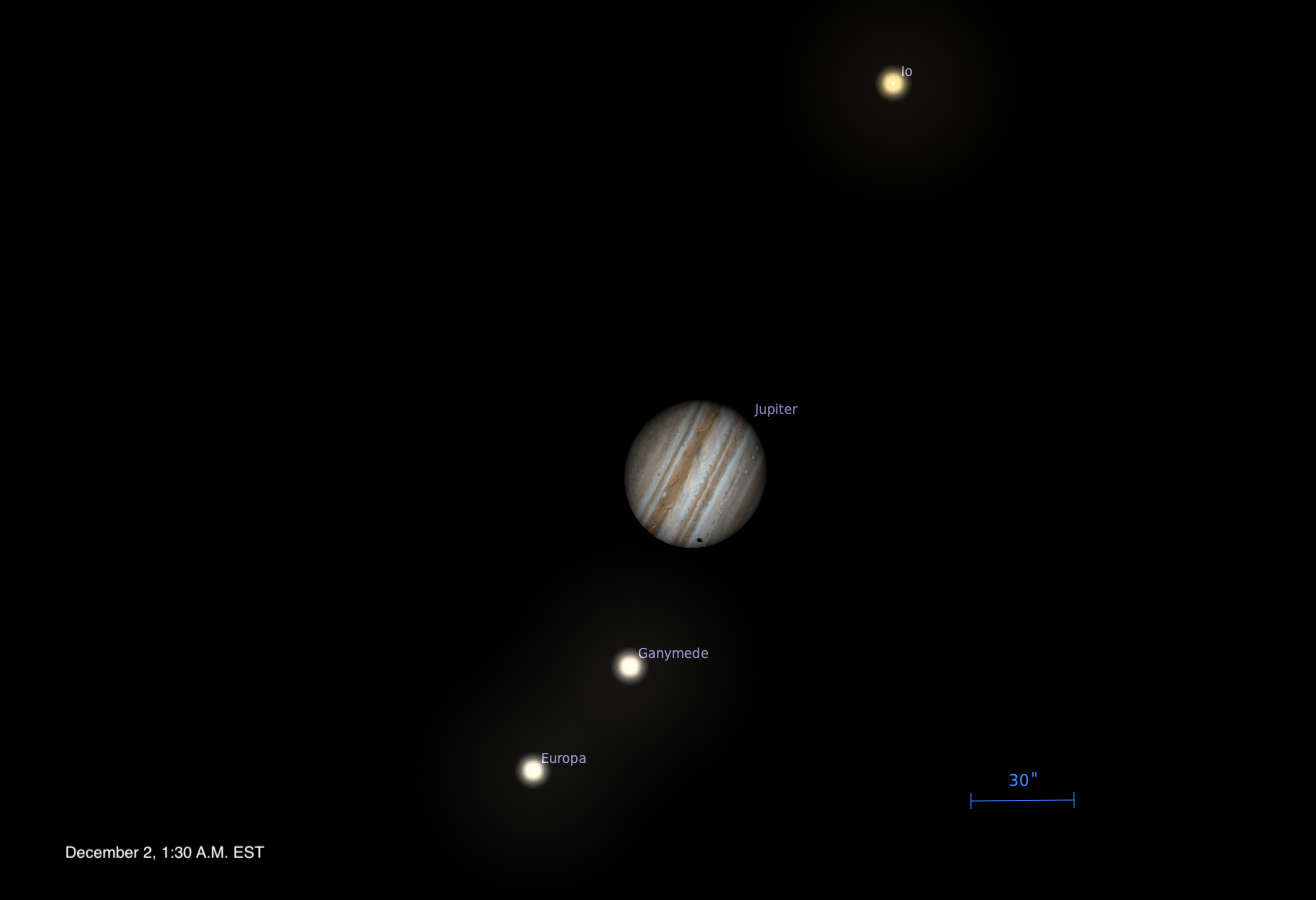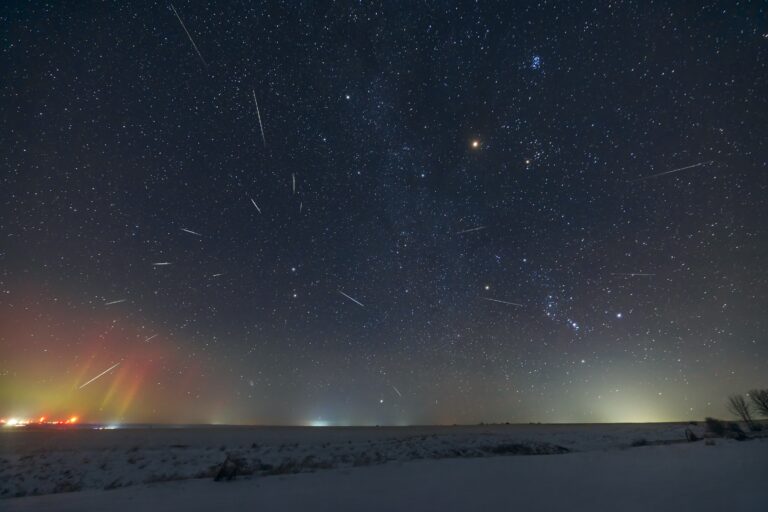Key Takeaways:
Museums around the world house telescopes of all sizes, sometimes shiny and new, sometimes classically designed and with rich histories. And many of them go unnoticed by visitors who only frequent the space in daylight hours. In addition to the sites from the feature article, check out the Maryland Science Center, Boston’s Museum of Science, Philadelphia’s Franklin Institute, or the Saint Louis Science Center, to name just a few. Does your local science center have a telescope for public viewing? Even centers without aperture to speak of often host star parties during the temperate months.
Universities and colleges are another great place to put your eye to a large telescope. Many have research-grade facilities located right on campus, and will host public nights to allow visitors in to observe planets, star clusters, and even fainter objects like galaxies and nebulae.
No list of urban observing opportunities would be complete without sidewalk astronomers. While some networks and clubs exist, the tradition is often carried on by independent observers who simply take their telescopes out into the city without advertising or organizing. There’s something delightful about turning the corner on a busy city street and discovering a lone astronomer with his or her telescope, ready to share the wonders of the heavens.
For a few more options, McDonald Observatory also maintains a list of publicly accessible telescopes, though not all of them are in urban locales.










